NEWS
20 Sports That Are Losing Popularity At a Fast Pace
Published
8 months agoon
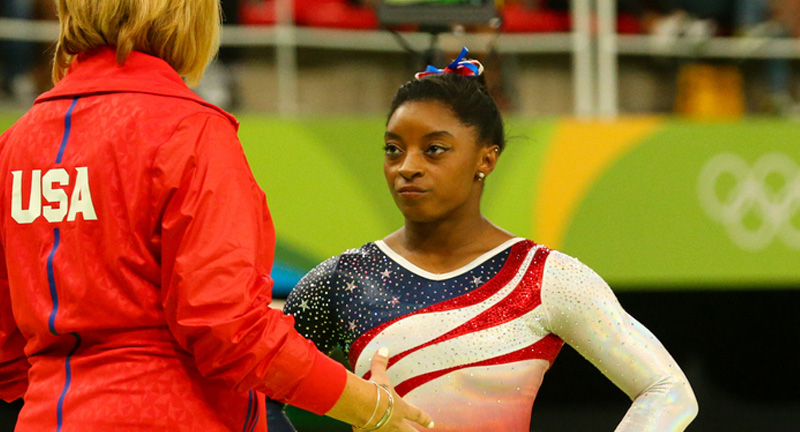
Shutterstock
Enter the vibrant world of sports, where each match, race, and game brims with excitement and energy! As we start this journey, we focus on a range of sports that, despite their rich histories, are seeing a decline in popularity. Join us as we explore these athletic activities, examining the unique factors that challenge their prominence in the constantly changing landscape of sports.
Bobsleigh

Shutterstock
Bobsleigh, celebrated for its high-speed excitement and teamwork, is confronting challenges in sustaining its appeal and significance outside of the Winter Olympics. The scarcity of bobsleigh tracks and specialized equipment poses obstacles for many aspiring enthusiasts. Additionally, the view of bobsleigh as a niche or obscure sport may limit its capacity to draw new participants and fans. Initiatives to boost the visibility of bobsleigh, enhance its accessibility, and emphasize its distinct characteristics are essential to ensure its future as a respected athletic discipline.
The Decline of Jai Alai
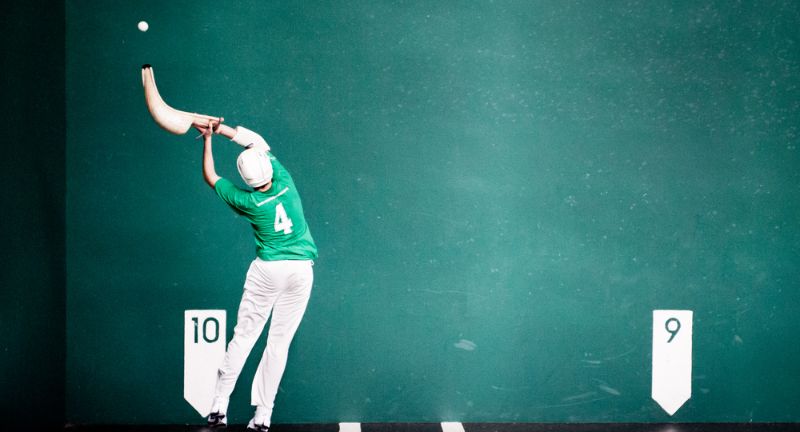
Shutterstock
Jai alai, once a popular sport in specific regions, has experienced a decline in recent years. Factors contributing to this include lack of media coverage and limited accessibility. The sport’s complex rules and equipment requirements also play a role in its reduced popularity among the general public. Various efforts to rekindle interest in jai alai have only met with limited success, making its future sustainability a challenge. Without significant intervention and modernization, jai alai may continue to struggle to attract new participants and fans.
Challenges and Future of Freestyle Skiing
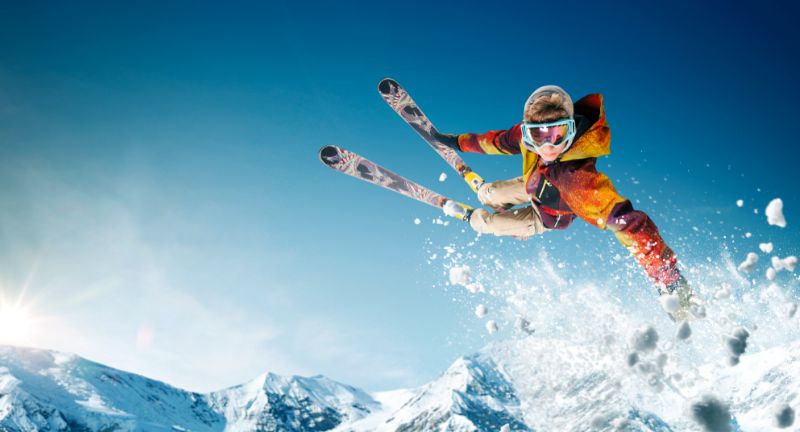
Shutterstock
Freestyle skiing, known for its acrobatic jumps and maneuvers, struggles to maintain its popularity and relevance outside of the Winter Olympics. The sport’s growth is hindered by limited access to suitable terrain and facilities. Additionally, the perception of freestyle skiing as an extreme and high-risk activity may discourage potential participants and their parents from getting involved. To ensure the future of freestyle skiing as a respected athletic discipline, it is crucial to promote its accessibility and safety while also emphasizing its athleticism and creativity.
Field Hockey
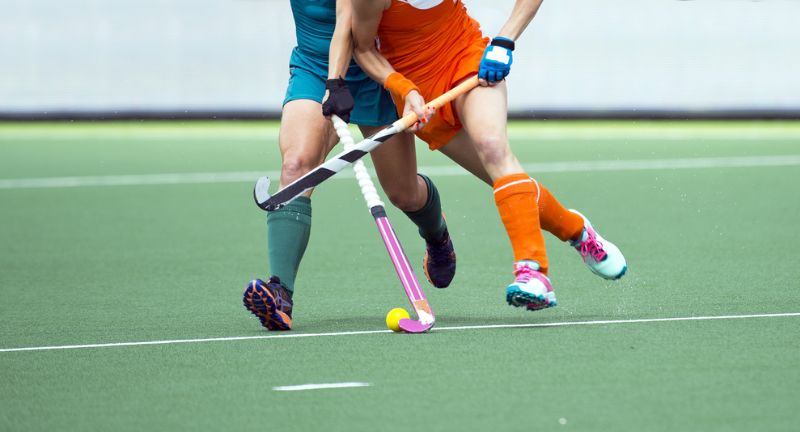
Shutterstock
Field hockey, though popular in certain countries, encounters obstacles in extending its global footprint and drawing new participants. The sport’s growth potential is restricted by limited access to playing facilities and equipment, particularly in regions where hockey is not traditionally played. Additionally, field hockey’s relatively low visibility in mainstream media, especially when compared to other team sports like soccer and basketball, further curtails its exposure and attractiveness. Promoting field hockey as an accessible and thrilling sport is crucial to expanding its appeal and ensuring its future as a prominent athletic activity.
Archery
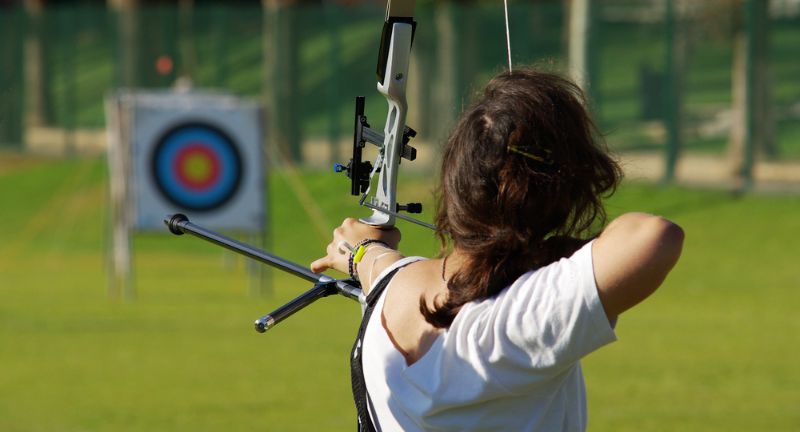
Shutterstock
Archery, rich in tradition and history, encounters difficulties in staying relevant and popular in today’s world. The sport’s growth is restricted by limited access to ranges and equipment, particularly in urban settings. Additionally, archery’s lower visibility in mainstream media compared to other Olympic sports reduces its exposure and attractiveness. Promoting archery as an inclusive and accessible activity for all ages and abilities is essential to secure its future in the sporting community.
Rugby League
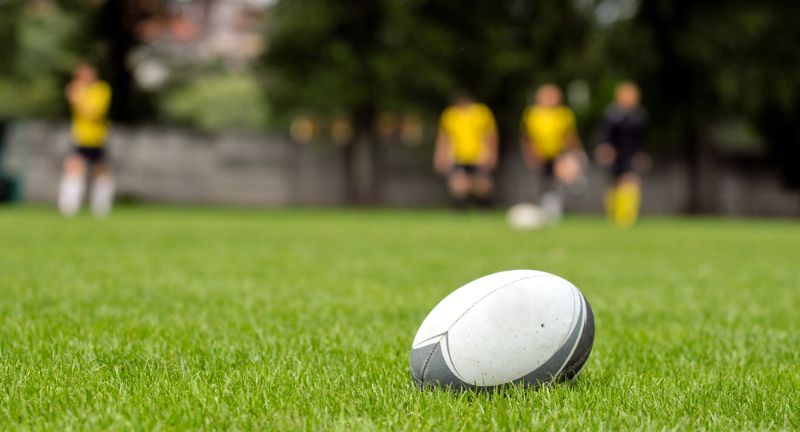
Shutterstock
Rugby league, although popular in specific regions, encounters difficulties in broadening its international presence and drawing in new supporters. The sport’s intense physicality and complex regulations might deter potential fans who are not well-versed in its nuances. Compared to other sports, rugby league suffers from limited media coverage and promotional activities, which exacerbates its battle to stay pertinent in a saturated sports environment. Without focused initiatives to enhance its visibility and accessibility, rugby league faces the risk of becoming obscure outside its primary markets.
Challenges Facing Water Polo

Shutterstock
Water polo enjoys popularity in specific areas and garners attention during the Olympic Games. However, it faces challenges in maintaining consistent interest and participation levels year-round. The sport’s rigorous physical demands and need for specialized equipment may restrict its accessibility to a wider audience. Additionally, minimal media coverage and limited marketing efforts outside major tournaments contribute to water polo’s relatively low profile in the sports world. To ensure its growth and relevance as a competitive sport, it is essential to improve the visibility of water polo and make it more accessible to potential participants.
Synchronized Swimming: Challenges and Future Prospects

Shutterstock
Synchronized swimming, celebrated for its grace and precision, is currently grappling with challenges in maintaining its appeal and relevance. Limited exposure in mainstream media and the perception that it is a niche or obscure sport hinder its potential for growth. Furthermore, the high degree of technical difficulty and specialized training requirements may dissuade potential participants. Increasing the visibility of synchronized swimming, promoting its accessibility, and emphasizing its artistic and athletic merits are essential to ensure its future as a respected athletic discipline.
Gymnastics
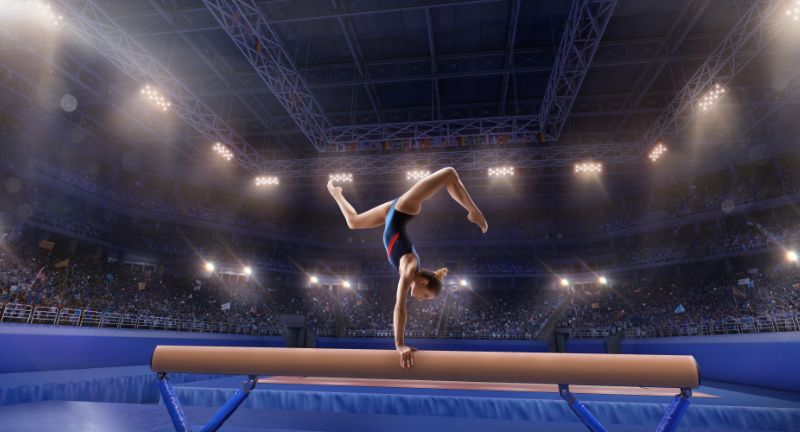
Shutterstock
Gymnastics, celebrated for its grace, athleticism, and artistry, encounters challenges in sustaining its popularity and relevance in today’s sports environment. The elevated risk of injuries and the rigorous training demands may discourage potential participants and their parents from engaging in the sport. Additionally, the scarcity of high-quality coaching and facilities beyond elite programs can impede the grassroots development of gymnastics. To ensure the sport’s continued growth and attractiveness, addressing safety concerns, enhancing accessibility, and promoting the diverse elements of gymnastics are essential.
Polo’s Modern Challenges

Shutterstock
Polo, once the sport of kings, is struggling to maintain its traditional appeal today. The high costs of owning and maintaining horses, along with limited access to polo facilities, have hampered its growth and accessibility. Furthermore, the sport’s elitist image and reputation as a niche activity make it hard to attract a broader audience. Although efforts are being made to promote polo as a more inclusive and accessible sport, its future remains uncertain without significant changes to its structure and public perception.
Badminton’s Struggle for Recognition
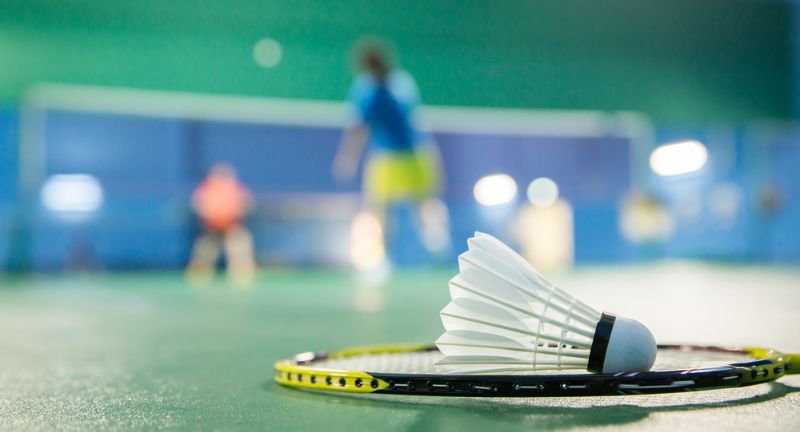
Shutterstock
Despite being one of the most widely played sports globally, badminton struggles to achieve the same level of recognition and popularity as other racquet sports. Limited television coverage and marketing opportunities have hindered badminton’s ability to attract new fans and participants. Additionally, the sport’s perceived association with casual leisure rather than serious competition may undermine its appeal to potential enthusiasts. Efforts to elevate badminton’s status through increased media exposure and promotional activities are essential to secure its future as a mainstream sport.
The Challenges Facing Squash
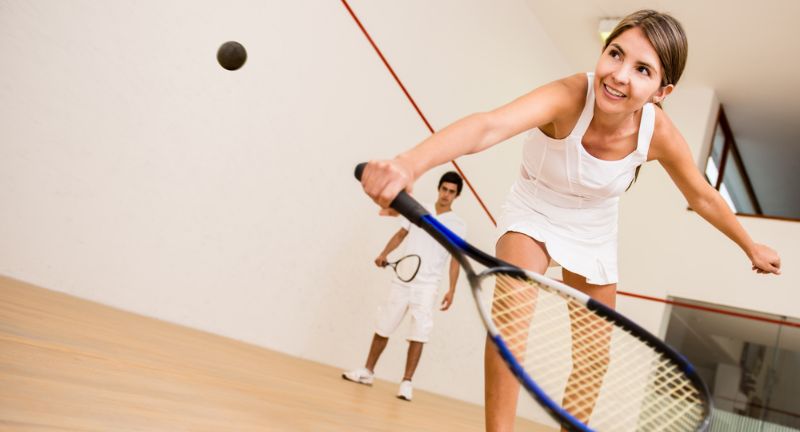
Shutterstock
Despite its fast-paced and physically demanding nature, squash struggles to attract widespread attention and participation. The limited access to courts and facilities, especially when compared to other racquet sports like tennis, hampers squash’s growth potential. Additionally, the sport’s relatively low profile in mainstream media and the lack of high-profile personalities diminish its appeal to the general public. Efforts to boost squash’s visibility and accessibility are crucial to prevent a decline in its popularity and to ensure its longevity as a viable sport.
Fencing
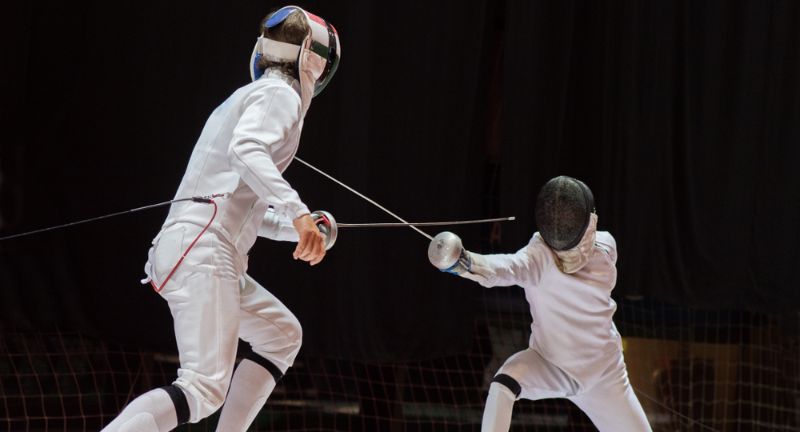
Shutterstock
Fencing, a sport rich in tradition and history, encounters difficulties in drawing new participants and attracting audiences. The sport is often seen as exclusive, and the high cost of equipment acts as a significant barrier for many potential fans. Furthermore, fencing suffers from limited exposure in mainstream media and faces stiff competition from other, more widely televised sports, leading to a decline in its popularity. Efforts to make fencing more accessible and engaging for a broader audience are crucial; without such initiatives, the sport may continue to struggle to remain relevant in the contemporary sports landscape.
Weightlifting

Shutterstock
Weightlifting, celebrated for its sheer strength and athletic prowess, struggles to retain its popularity beyond the Olympic Games. The sport’s specialized appeal and sparse presence in mainstream media may impede its capacity to draw new enthusiasts and spectators. Additionally, weightlifting’s link to potential injuries and the misconception that it solely emphasizes physical might could restrict its attraction to a wider audience. Initiatives to market weightlifting as an engaging and accessible sport for athletes of all calibers are crucial to ensure its continued prominence as a major athletic discipline.
Equestrian Sports

Shutterstock
Equestrian sports, which include various disciplines like show jumping, dressage, and eventing, encounter difficulties in drawing new participants and spectators due to perceptions of elitism and high costs. The sport’s dependence on access to horses, specialized gear, and training facilities presents significant entry barriers for many aspiring enthusiasts. Furthermore, equestrian sports suffer from limited coverage in mainstream media and a lack of high-profile competitions, which may impede their appeal to a wider audience. Making equestrianism more approachable and promoting its accessibility are essential for the sport’s long-term viability and expansion.
Biathlon
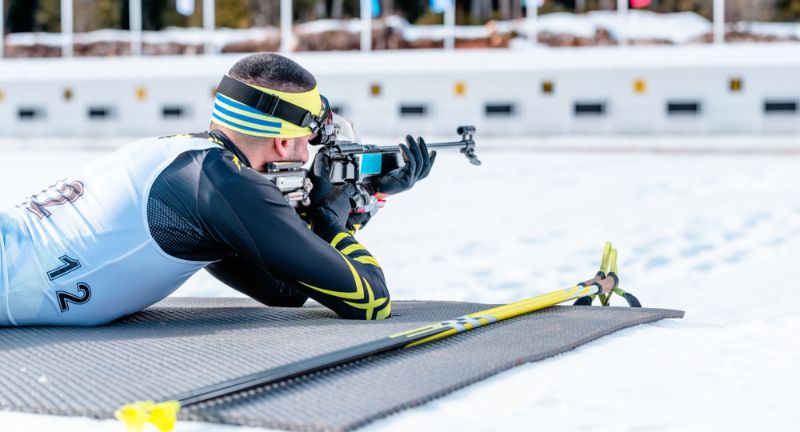
Shutterstock
Biathlon, which combines cross-country skiing and rifle shooting, struggles to maintain its popularity and relevance outside the Winter Olympics. The sport faces barriers such as limited access to suitable terrain for cross-country skiing and shooting ranges, making entry difficult for many potential participants. Additionally, the perception of biathlon as a niche or obscure sport may impede its ability to attract new fans and corporate sponsorships. Efforts to enhance the visibility of biathlon, promote its accessibility, and emphasize its unique blend of athleticism and precision are crucial to ensure its future as a respected sport.
Handball

Shutterstock
Despite its widespread popularity in Europe, handball faces challenges in becoming a mainstream sport in other parts of the world. Limited exposure in mainstream media and the absence of high-profile leagues and tournaments outside of Europe hinder handball’s global appeal. Additionally, the sport’s physicality and complex rules may intimidate potential participants unfamiliar with its intricacies. Efforts to promote handball internationally and increase its accessibility are crucial for securing its future as a prominent sport.
The Challenges Facing Table Tennis

Shutterstock
Table tennis, though highly popular in certain regions, faces difficulties in achieving widespread recognition and appeal beyond its primary markets. The sport’s rapid pace and skilled gameplay provide excitement, yet its growth potential is stunted by limited coverage in mainstream media. Moreover, the perception of table tennis as a recreational activity rather than a professional sport may deter serious athletes and corporate sponsorship. To ensure its future in the global sports arena, it is crucial to promote table tennis as a vibrant and competitive sport.
Speed Skating

Shutterstock
Speed skating, although popular in specific regions and during the Winter Olympics, faces challenges in sustaining year-round interest and participation. The sport requires specialized equipment and suitable ice rinks, which can be barriers for many potential enthusiasts. Furthermore, limited media coverage and marketing outside major competitions contribute to the sport’s relatively low profile globally. To ensure its growth and relevance, it is essential to increase the visibility of speed skating, attract new participants, and promote its accessibility.
The Challenges of Modern Lacrosse
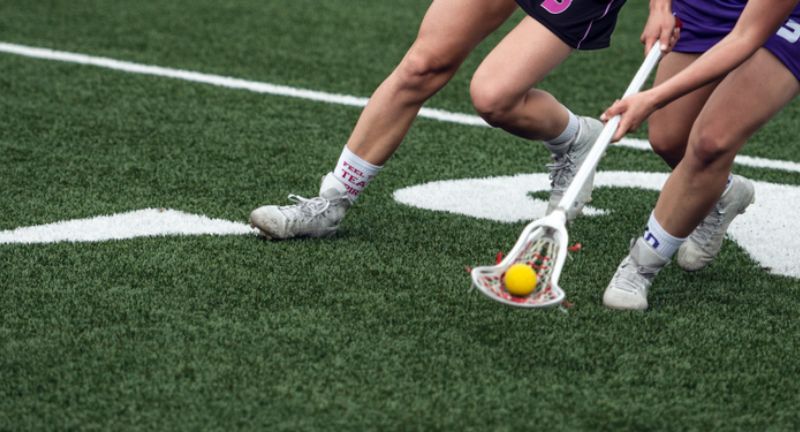
Shutterstock
Lacrosse, despite its deep roots in North American Indigenous cultures, is struggling to maintain its relevance and popularity in today’s sports landscape. Limited exposure in mainstream media and the perception of lacrosse as a niche or regional sport have hindered its growth potential. Furthermore, the sport’s complex rules and equipment requirements may deter potential participants who are unfamiliar with it. Without concerted efforts to promote lacrosse and make it more accessible, there is a risk that the sport could fade into obscurity outside of its traditional strongholds.
Conclusion
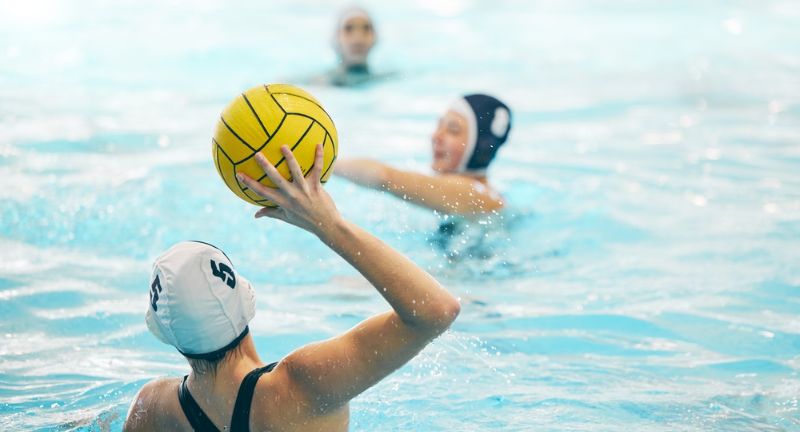
Shutterstock
As we conclude our exploration of these sports facing potential decline, it’s evident that their future depends on proactive measures to adapt and engage new audiences. While some may find these challenges daunting, they also offer opportunities for innovation and revitalization within each sport. By promoting inclusivity, leveraging technology, and improving accessibility, these sports can establish a renewed path towards sustainability and growth. Let’s support these athletic pursuits, celebrating their unique heritage and potential for enduring relevance in the ever-evolving landscape of sports.
ADVERTISEMENT - CONTINUE BELOW
About Money+Investing
Money + Investing provides our community with the latest personal and business finance news from around the world. We publish money saving and earning tips to help you make smartier investing decisions. We're inspired by exploring and providing new ways for our audience to achieve financial freedom. We can't wait to share all of our exciting deals, guides and reviews to help you live your financial life to the fullest.
More Money + Investing
-
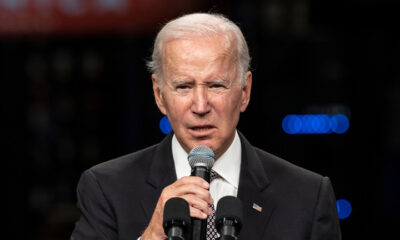

Biden Aims for Historic High with 44.6% Capital Gains Tax…
-


25 Purchases You Should Always Make with Cash for Maximum…
-


20 Motivations Behind Baby Boomers’ Shift to Minimalism
-


25 Reasons Employers Hesitate to Hire Gen Z Workers
-


30 Little-Known Facts That Make the Kentucky Derby Unforgettable
-


17 Unmistakable Clues That Someone Is Gaslighting You
-


Want the Job? Avoid Asking These 22 Interview Questions
-


Drinks You Should Always Avoid for a Healthier You
-


30 Forgotten Thrifty Habits Worth Reviving
-


18 Ultra-Rare U.S. Stamps Worth a Fortune
-


Top 24 Canine Guardians: The Best Dog Breeds for Security
-


25 Genius Staging Tips to Speed Up Your Home Sale
